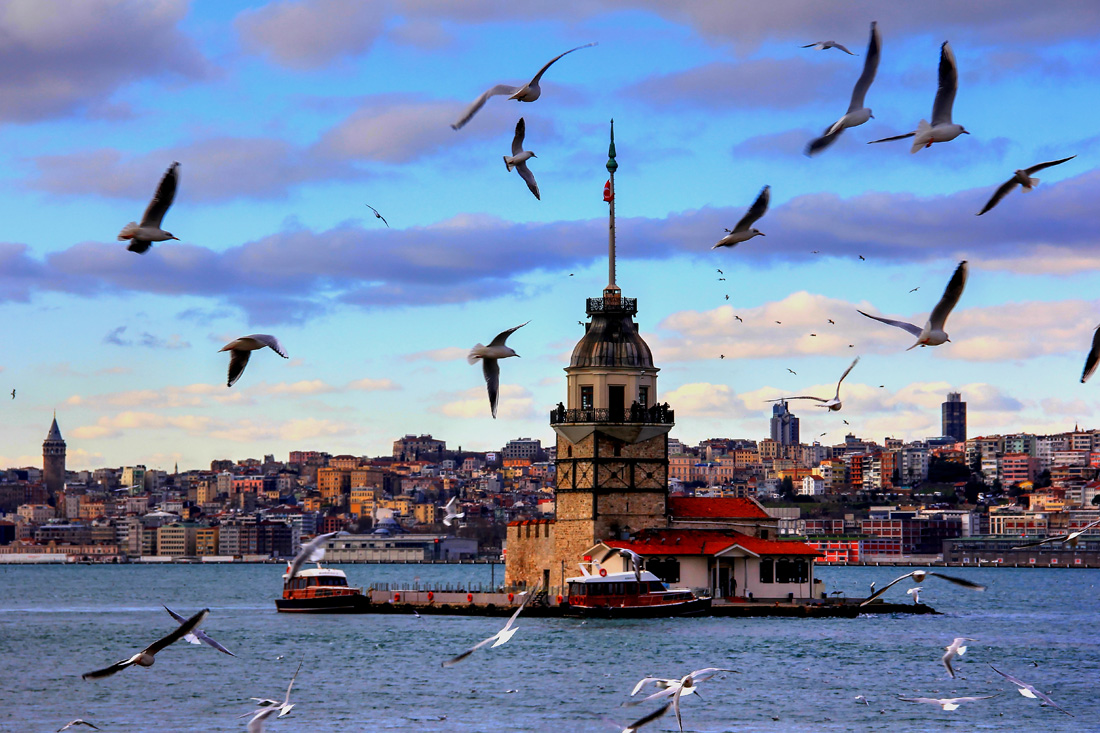The wellness tourism industry has experienced significant growth over the past decade, evolving from a niche market into a dynamic and influential sector within the global travel industry. This article delves into the growth of wellness tourism, examining key trends and providing insights that underscore its increasing importance. By leveraging data, expert opinions, and real-world examples, we aim to provide a comprehensive overview of this burgeoning industry.
Defining Wellness Tourism
Wellness tourism refers to travel undertaken with the primary purpose of promoting health and well-being through physical, psychological, or spiritual activities. Unlike traditional tourism, which often focuses on leisure and exploration, wellness tourism is centered around activities and experiences designed to improve one’s overall health. This can include spa treatments, yoga retreats, meditation sessions, fitness programs, and holistic therapies.

Historical Context
Wellness tourism is not a new concept; its roots can be traced back to ancient civilizations. For instance, the Greeks and Romans were known for their public baths and hot springs, which served as early forms of wellness tourism. Similarly, traditional practices in India and China, such as Ayurveda and Traditional Chinese Medicine (TCM), have long attracted travelers seeking health and rejuvenation.
Modern Evolution
The modern wellness tourism industry began to take shape in the late 20th century, driven by a growing awareness of health and well-being. The rise of the spa industry, coupled with increasing interest in alternative medicine and holistic health practices, laid the foundation for the contemporary wellness tourism market.
Statistical Overview
According to the Global Wellness Institute, the wellness tourism market was valued at $639 billion in 2017 and is projected to reach $919 billion by 2022. This remarkable growth is indicative of the increasing demand for wellness-focused travel experiences. The market is expanding at a compound annual growth rate (CAGR) of 7.5%, outpacing the overall tourism industry.
Regional Insights
The growth of wellness tourism is a global phenomenon, with significant contributions from various regions: North America:** The United States and Canada are key players in the wellness tourism market, driven by a high prevalence of health-conscious consumers and a robust spa industry. Europe:** Countries like Germany, Switzerland, and Austria have long been associated with wellness tourism, thanks to their rich traditions of spa and thermal bath culture. Asia-Pacific:** This region is experiencing rapid growth, fueled by the popularity of traditional wellness practices such as Ayurveda, yoga, and TCM. India, Thailand, and Bali are notable destinations *Latin America:** Countries like Costa Rica and Mexico are emerging as popular wellness tourism destinations, offering unique experiences that combine natural beauty with wellness practices.
Holistic Wellness
One of the most significant trends in wellness tourism is the shift towards holistic wellness. Travelers are increasingly seeking comprehensive wellness experiences that address physical, mental, and emotional well-being. This trend is reflected in the rise of wellness retreats that offer a combination of fitness programs, nutritional guidance, mindfulness practices, and therapeutic treatments.
Digital Detox
In an era dominated by digital connectivity, the concept of digital detox has gained traction. Wellness tourism destinations are capitalizing on this trend by offering experiences that encourage travelers to disconnect from technology and reconnect with nature and themselves. These retreats often incorporate activities such as hiking, meditation, and nature immersion.
Personalized Wellness
Personalization is a key driver in the wellness tourism market. Travelers are seeking customized wellness experiences tailored to their individual needs and preferences. This has led to the development of bespoke wellness programs that offer personalized fitness plans, dietary recommendations, and therapeutic treatments based on comprehensive health assessments.
Consumer Preferences
Industry experts highlight that consumer preferences are evolving towards more meaningful and trans formative travel experiences. Wellness tourism is no longer just about relaxation and pampering; it is about achieving a deeper sense of well-being and personal growth. Travelers are seeking experiences that offer long-term benefits and align with their values and lifestyle.
Technological Advancements
Technology is playing a pivotal role in the growth of wellness tourism. From wearable fitness devices to virtual wellness coaching, technological advancements are enhancing the way travelers engage with wellness experiences. Additionally, digital platforms are making it easier for travelers to discover, book, and customize wellness tourism offerings.

Challenges and Opportunities
While the wellness tourism industry is thriving, it also faces challenges such as market saturation, regulatory issues, and the need for standardization of wellness practices. However, these challenges present opportunities for innovation and differentiation. Industry stakeholders are exploring new ways to enhance the quality and authenticity of wellness experiences, thereby driving further growth.
Conclusion
The growth of wellness tourism is a testament to the increasing importance of health and well-being in contemporary society. As travelers continue to prioritize wellness in their travel decisions, the industry is poised for sustained growth and innovation. By staying attuned to emerging trends and consumer preferences, wellness tourism providers can capitalize on the opportunities presented by this dynamic market., the wellness tourism industry is not just a fleeting trend; it is a reflection of a broader cultural shift towards holistic health and well-being. As the industry continues to evolve, it will play a crucial role in shaping the future of travel and tourism.










